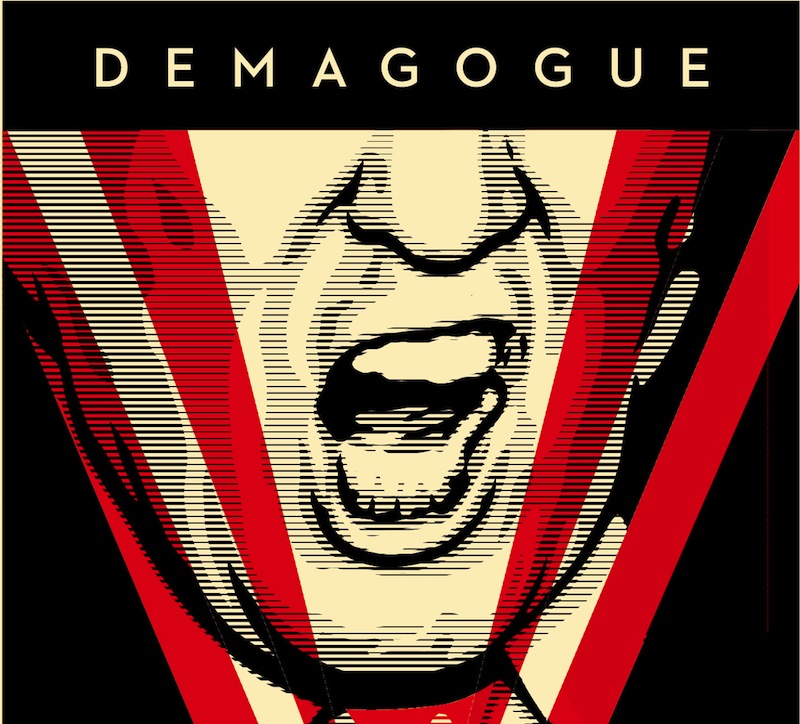Donald Trump is now the President of United States.
Even after months after his election, it still seems unbelievable that Donald Trump really defeated Hillary Clinton. But the political background for this shocking event has been built over a really long time. Hillary Clinton and her President, Barack Obama, lead an administration that was not very liberal considering its party affiliation. Obama himself once said that many of his policies would have been seen as Republican in the early eighties. Obama’s bailout of large corporations does not follow the political philosophy of popular liberalism, but closely follows the pro-business Republican sentiment of the eighties. But Obama was not a straight out conservative either since he also established Obamacare, which comes from an urban liberal idea of government backed health care borrowed from Canada and Europe.
Obama brought his administration and his party at a tough spot. TARP angered the liberal working class for bailing out the millionaires with their money and Obamacare angered the conservative millionairs for paying for the poor people’s health care with their money. Now, Obama and his party only had one voter base left (other than the minority coalition formed around Obama): the urban liberals. And as Obama moved more and more to urban liberalism, the Republicans moved to rural populist conservatism. They started referencing bible at every speech, attacking minorities and muslims, and even sneaking a racist statement here or there. Due to this combined ideological shift, the Democrats, who did not benefit much from Obama’s minority coalition, lost more than 900 seats in state legislatures, 12 governors, 69 house seats and 13 senate seats since they bet on the wrong tiny crowd: the urban liberals.
But the American public soon realized that both political parties were bought out by special interests. A public resentment grew in the working class. The right burst out with this resentment through the tea party movement, and the left acted out through occupy wall street. This election after eight Obama years was an election of working class resentment. To cater to this resentment, two populists emerged from two ends of the political spectrum. One was a democratic socialist, Bernie Sanders. Another was a reactionary radical, Donald Trump. Between these two, Hillary was simply a misfit insider. People saw her as a continuation of Obama. Hillary herself tried to borrow Obama’s minority coalition to somehow win this election on its back.
But Sanders demolished this possibility by showing Clinton’s ties with special interests and exposing her as a corrupt establishment candidate. The Obama coalition was split. The working class went with Sanders and the urban liberals went with Clinton. The Democratic insiders did not want Sanders, so Clinton won the nomination. But she could never win the voters back. On the other hand, Trump easily defeated the Republican establishment and worked his way to the nomination as a hardcore populist. In this light, the outcome of the election is very predictable. Even the electoral map tells the same story. In educated and wealthy urban areas, Hillary got more votes while Trump defeated Hillary in rural and working class areas. Hillary was a center right candidate and Trump was alt-right. Therefore, there was not much diversity in their policies or ideology. Therefore, the campaign boiled down to a ad hominem battle. The election came down to the level of the third world. From fraud, vote rigging to violence after election, everything seemed just like an election in a country with a feeble democracy.
However, Trump winning the election may actually revitalize this feeble democracy. The Democratic Party would now have to move to the left just to form a resistance against Trump. This has already started by bringing Sanders to the Democratic leadership. And when the Democrats move to the left, it will leave space for the Republicans to move away from the alt-right and come back to the center right. Even outside of the political ideology, the non ideological division in the American public and media may heal centering Trump. A few days ago, Fox News defended CNN when Trump attacked the channel. People all over the ideological spectrum are joining in the Women’s March. A lot of Republicans are speaking up against Trump’s executive orders.
So, Trump maybe ushering in a revitalized trend in American democracy. If Hillary Clinton had somehow won, Trump and his alt-right supporters could have continued with their complaints from outside. But now, Trump himself has become the establishment that he used to complain against. And a new anti establishment resistance is forming against him. This progressive anti-establishment resistance may heal much of the damage that the alt right anti-establishment resistance had created. Maybe a new America will form centering Trump and he will fulfill the promise in his slogan, without even realizing it.
Anupam Debashis Roy
Sophomore, International Affairs,
Howard University.
